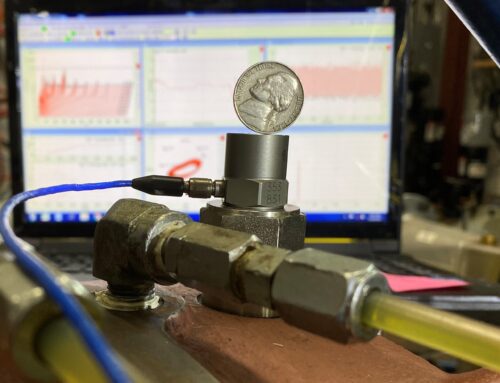Keep Your Compressor in Perfect Working Order
They say that an ounce of prevention is worth a pound of cure. This is true in many areas of our lives, and it’s also true when it comes to maintaining biogas compressors. Take the time to provide your compressor with the routine maintenance it needs and it will reward you with decades of service.
Determining Your Maintenance Schedule
This post is meant to be a brief overview of compressor maintenance. Your Ro-Flo compressor manual is a more comprehensive resource; it should be consulted before undertaking any maintenance activities. Furthermore, there are many variables at play when determining a maintenance schedule. Compressors operate at different temperatures, pressures, and speeds, and these factors impact the lifespan of the compressor components differently.
Preparing for Maintenance
First, it’s important to prepare your compressor for inspection and maintenance. This means:
- Follow the lockout, depressurization, and decontamination procedures provided with your compressor package.
- Understand that your compressor system may contain explosive and/or toxic gases and personal protective equipment may be needed.
- All pressure should be released from the compressor prior to maintenance or service.
- The compressor cylinder must be properly secured during maintenance and repair.
Daily Compressor Inspection
Every 24 hours, the compressor should be inspected to ensure that it is functioning properly. This inspection should include:
- Monitoring the compressor operating conditions to make sure there are no sudden changes to the pressures and temperatures.
- Verifying that the gas discharge temperatures are within the expected operating range.
- Draining all points of liquid accumulation in the gas system.
- Verifying the lubricator pump sight glass oil level.
- Filling the lubricator oil supply tank and verifying that the lubrication system is operating as it should.
- Verifying that the gas discharge temperatures are within the expected operating range.
- Conducting a thorough examination for coolant, oil, or gas leaks.
- Examining the compressor for discolored paint, an indication of excessive heat.
- Checking for loose peripheral equipment, like oil injection and coolant lines, instrumentation, and process gas piping.
- Verifying the seal reservoir oil level and buffer gas supply pressure on the double bellows mechanical seal (if applicable).
Semi-Annual and Annual Compressor Inspections
Assuming you have been performing daily inspections of your compressor, the 4000 hour (semi-annual) inspection is simple. In addition to the daily inspection procedures, you will check the coupling alignment and belt tension during the semi-annual inspection. Then, evaluate if the blades are acceptable for continued use. Do not reverse the blade orientation; this may result in blade failure.
The 8000 hour (annual) inspection is more involved; in addition to the above steps, the compressor should be completely disassembled. Inspect the following components:
- Gaskets and O-rings
- Seal rings
- Mechanical seal
- Blades
- Rotor
- Bearings
- Cylinder heads
- Cylinder
The seal rings, head gaskets, and O-rings should be replaced when you reassemble the compressor.
For detailed instructions on how to inspect each of these elements, consult with your Ro-Flo Installation, Operation, and Maintenance Manual.




